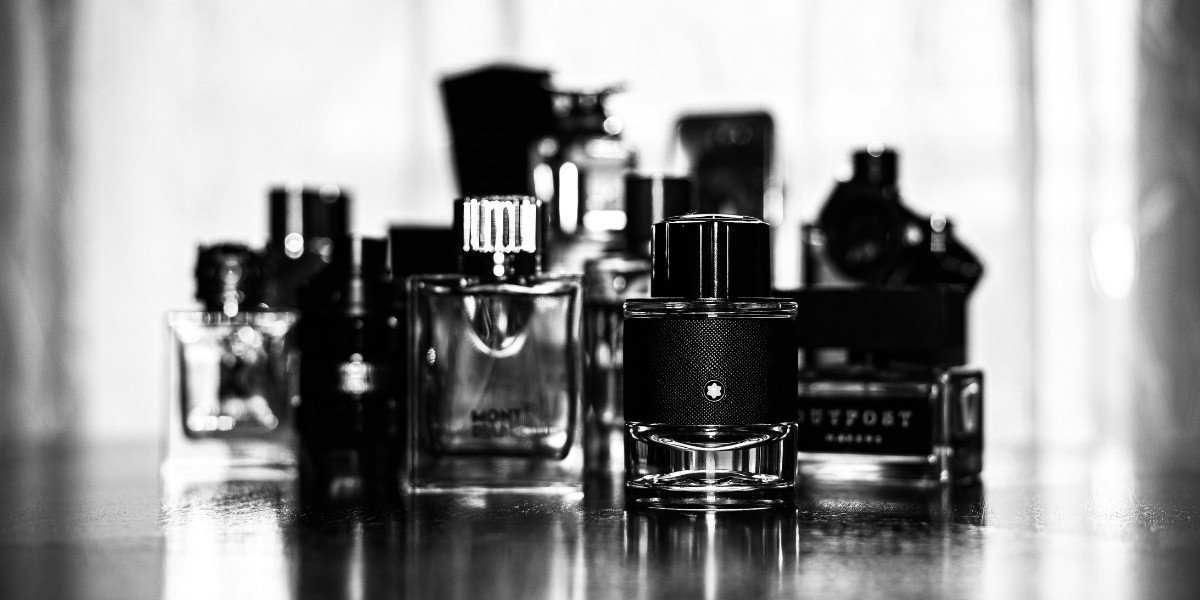Buying perfume can often feel like a complicated experience, especially for someone who is new to the world of fragrance. The vast array of bottles, the confusing terminology, and the sheer number of scents can be overwhelming. Yet, finding a fragrance that truly resonates with you is a personal and rewarding journey. The scent a person chooses becomes a part of their identity, an invisible accessory that can evoke memories, set a mood, or simply make them feel more confident. Understanding the basic principles of how fragrances are made and how to properly test them is the key to navigating this world with ease. This guide is designed to simplify that process, helping a person move beyond the initial confusion and find a scent they can truly connect with.
Read Also: Embracing Gradeless Eyewear: The Rise of Fashionable and Functional Eyewear
The process of choosing a scent is about more than just what smells good at the moment. It is about understanding how a fragrance evolves and interacts with your own body chemistry. A scent that is perfect for one person may not be the right fit for another. This is because a person’s skin, diet, and lifestyle all play a role in how a fragrance smells. This is why it is so important to take your time and not rush the process. A beautiful bottle and a popular scent are only the first part of the equation; the real magic happens when the fragrance develops on your skin. By learning how to listen to a scent and how it changes over time, a person can make a more informed choice and find a perfume that feels right for them.
What Are the Different Types of Fragrance Notes?
One of the most foundational concepts in the world of fragrance is the idea of a scent’s structure, often referred to as a fragrance pyramid. This pyramid is divided into three distinct layers: the top notes, the middle notes, and the base notes. The top notes are the first scents you smell immediately after a perfume is applied. These are typically light and fresh, often citrus or herbal scents that are meant to make a strong initial impression. However, they are also the most volatile and are the first to fade, usually within the first 15 minutes of wear. They serve as an introduction to the scent, but do not represent its lasting character.

Photo Credit: Unsplash.com
As the top notes evaporate, the middle notes, also known as the heart notes, emerge. This layer makes up the core of the fragrance and is often comprised of floral, spicy, or fruity scents. The middle notes are the main body of the scent, and they are what you will typically smell for the first few hours after application. They are designed to be well-rounded and harmonious, bridging the gap between the initial top notes and the deeper, more lasting base notes. After the middle notes have had their time to shine, the base notes appear. These are the scents that linger on your skin for hours, even after the other notes have faded. They are usually rich, heavy scents like woods, musk, or vanilla, and they provide the foundation and depth for the entire fragrance.
How Do Fragrance Concentrations Differ?
When you start to look at perfume bottles, you will notice different labels that indicate the fragrance’s concentration. This is a very important factor, as it determines how intense the scent is and how long it will last on your skin. The most concentrated and longest-lasting option is usually labeled as “Parfum” or “Extrait de Parfum.” These contain the highest percentage of fragrance oils, often ranging from 15% to 40%. Because of their potency, they can be quite expensive, but they only require a small amount for a long-lasting and powerful effect, often lasting for an entire day or more.
Below that is “Eau de Parfum,” a very popular and widely available concentration. It contains a slightly lower percentage of fragrance oils, typically between 10% and 20%. This makes it a great choice for daily wear, as it has a strong presence but is not as overwhelming as a pure perfume. An Eau de Parfum will typically last for several hours. Next is “Eau de Toilette,” which has a lower concentration of fragrance oils, usually between 5% and 15%. It is lighter and fresher than an Eau de Parfum and is often a good option for warm weather or for a more subtle daytime scent. An Eau de Toilette will not last as long and may require reapplication throughout the day. The lowest common concentration is “Eau de Cologne,” which has a very small percentage of fragrance oils, usually around 2% to 5%. It is a light and refreshing scent, often used as a quick spritz to freshen up, and it will fade relatively quickly.
What Is the Best Way to Test a Fragrance?
The most important part of buying perfume is the testing process. A person should never buy a scent based on how it smells on a paper strip or in the bottle alone. The best way to test a fragrance is to apply a small amount directly to your skin, specifically on a pulse point like your wrist or the inside of your elbow. The warmth of your skin will help the scent develop and will give you a true idea of how it smells on you. Avoid rubbing your wrists together after you apply it, as this can break down the scent molecules and change the fragrance’s character. Once you have applied it, it is a good idea to walk around for a while.

Photo Credit: Unsplash.com
A person should allow the scent to evolve for at least 15 to 30 minutes, or even longer. This gives the top notes time to fade and allows the middle and base notes to come through. This is crucial because a fragrance that smells wonderful at first spray might change into something you do not enjoy after a few hours. It is also wise to test one or two scents at a time, at most. Trying to smell too many different fragrances at once can overwhelm your nose and make it difficult to distinguish one from another. Taking a break to smell something neutral, like your own skin or a coffee bean, can help to reset your sense of smell between tests.
How Do You Choose a Fragrance That Suits You?
Choosing a fragrance is a deeply personal decision, and there are a few things to keep in mind when trying to find a scent that suits you. Think about what you want your fragrance to say about you. Are you looking for something that is fresh and energetic, warm and inviting, or sophisticated and mysterious? Consider the season and the occasion you plan to wear it for. A light, floral scent might be perfect for a spring day, while a rich, woody scent may be more suited for a cold winter night. The climate can also affect how a fragrance performs, as heat can intensify a scent and make it feel stronger.
Read Also: A Traveler’s Checklist for Duty-Free Shopping
Another key factor is your own body chemistry. A fragrance will react differently on each person’s skin. The pH of your skin, your diet, and even your natural scent can all interact with the perfume’s ingredients to create a unique aroma. This is why a scent that is a favorite on someone else might not have the same appeal on you. Taking the time to test a fragrance on your skin and letting it develop is the only way to truly know if it is the right fit. By considering all these factors, from the different types of notes to your own unique chemistry, you can find a scent that not only smells good but also feels like an authentic extension of who you are.












